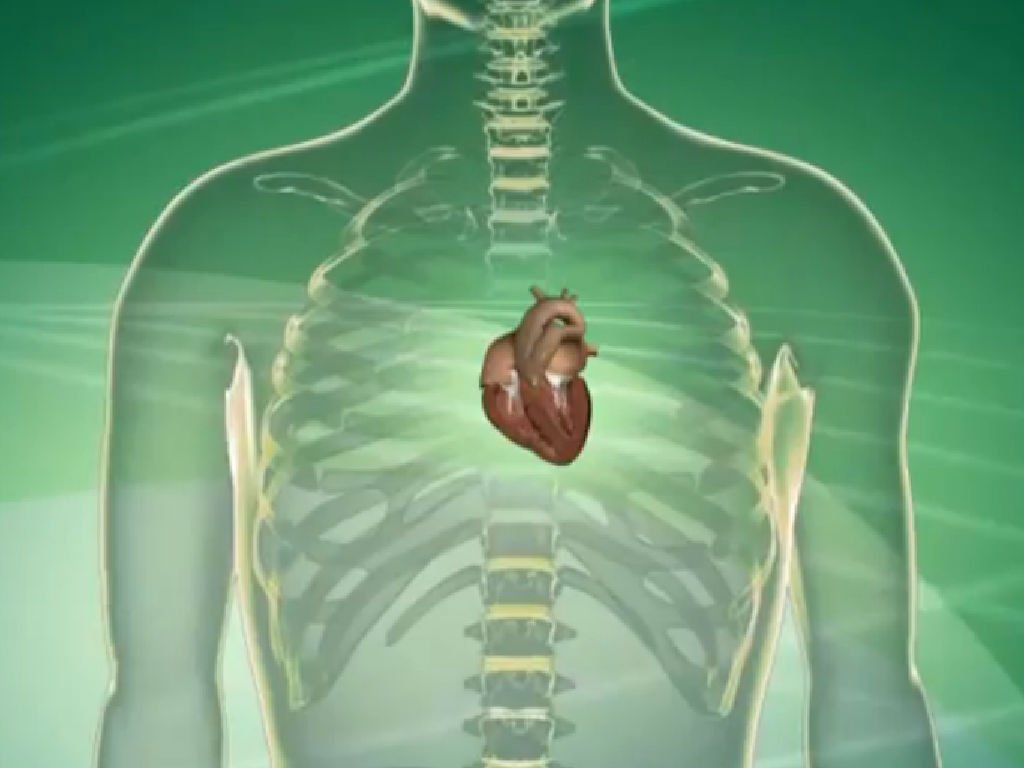“Two hearts that beat as one,” wrote the famous 19th century English poet John Keats. He obviously wasn’t aware that one heart can actually beat as two dozen hearts, according to a new study. This knowledge could help define the limitations of existing therapies for heart disease, and in the future, suggest ways of designing new ones.
SEE ALSO: Israelis Use Gold Particles To Heal Heart Tissue Following Heart Attack
A detailed glimpse into your heart
Led by Weizmann Institute scientists in collaboration with researchers from the University of Pennsylvania, the study shows that sometimes a single heart muscle cell can beat as more than two dozen. The research findings, reported recently in the journal Nature Communications, provide a detailed glimpse into the mechanisms behind normal and irregular heart muscle cell contractions.
Each heart muscle cell consists of numerous parallel filaments comprising repeated subunits. When the heart beats, each individual filament contracts to produce several muscle cell contractions. Optimally, all the filaments should contract in a synchronized manner, thus ensuring the greatest amplitude of contraction for each muscle cell, and ultimately, the strongest and most effective beating of the entire heart.
However, a new theoretical model proposed and analyzed by Prof. Samuel Safran Dr. Kinjal Dasbiswas of the Weizmann Institute, suggests that the filaments contract together only when their subunits (and subunit boundaries) are aligned with one another. Since such alignment usually only happens among a limited number of neighboring filaments, aligned filaments contract together as a bundle, but each such bundle contracts out of phase with others. Therefore, a heart cell does not necessarily beat as a single uniform entity; rather, the number of different beating entities in the cell depends on the bundle number, which may reach more than two dozen.
Sign up for our free weekly newsletter
SubscribeThe research results suggest that current means of treating irregular heartbeat may be limited by the structural order of heart muscle filaments. So, in future treatments, if new heart cells are grown to replace diseased ones, their growth environment may be manipulated so that their structure is well ordered and, to paraphrase Keats, all their filaments beat as one.
The theory further predicts that the alignment of the filaments in the heart muscle cell depends on the cell’s physical environment; more specifically, on the elasticity of the supporting structure. The alignment is best when this structure is not too soft and not too rigid.
SEE ALSO: A Heart Of Gold: Researchers Use Gold Particles To Heal Heart Tissue
By assuming that only structurally aligned filaments beat together, the researchers were able to explain experimental findings by their collaborators from the University of Pennsylvania, Prof. Dennis Discher and Dr. Stephanie Majkut. In their experiment, these scientists placed chick embryonic heart cells on surfaces of varying stiffness and found that two strikingly different properties – the structural alignment of the filaments and the beating strength of the cell – depended on the rigidity of the supporting surface.
Providing a theoretical basis for these experiments, the Weizmann Institute model may explain how filaments become aligned in heart muscle cells during embryonic development, and how their arrangement correlates with the muscle function in the adult heart.
Related posts

Israeli Medical Technologies That Could Change The World

Harnessing Our Own Bodies For Side Effect-Free Weight Loss

Missing Protein Could Unlock Treatment For Aggressive Lung Cancer






Facebook comments